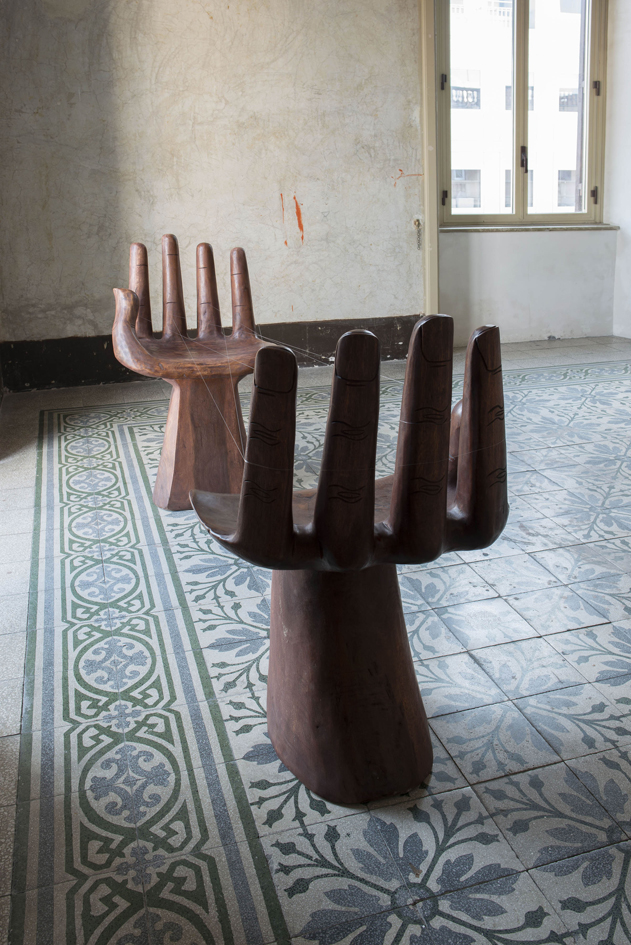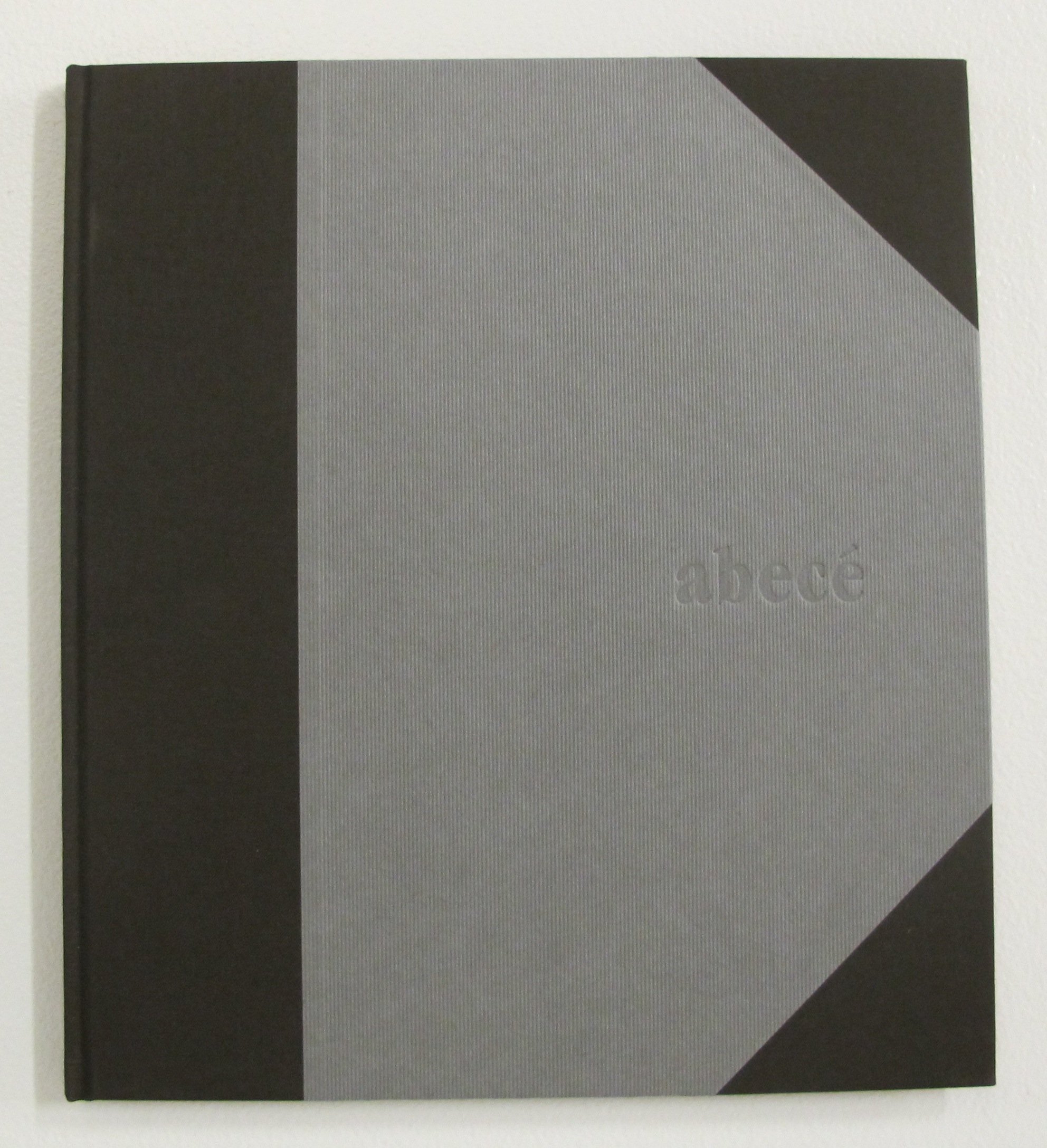Fordlândia Fieldwork
2012 - Installation (Installation)
Clarissa Tossin
In Fordlândia Fieldwork (2012), Tossin documents the remains of Henry Ford’s rubber enterprise Fordlândia, built in 1928 in the Brazilian Amazon to export cultivated rubber for the booming automobile industry. When his rubber trees died from disease and his primarily indigenous workforce revolted, his enterprise went busts within a few short years. Ford never faulted his own planning, but instead blamed the “inhospitable” Brazilian landscape. These topographical maps present different locations related to Fordlândia’s history: a current Fordlândia satellite image of the abandoned rubber plantation built by Ford in 1928, juxtaposed with postindustrial landscapes from Detroit, Dallas, and Los Angeles, is printed on the back side of the folded mapsculpture.
Clarissa Tossin’s photographs, videos, and installations are active investigations into the workings of urban planning and labor politics. The artist draws poignant parallels among historical events, creating engaging narratives that are also often subversive. Many of her works are concerned with what could be called a topography of place. Focusing on the promises, legacies, and failings of modernity, globalism, and utopian idealism, much of her work concentrates on cultural and economic connections between the United States and Latin American countries. Tossin’s most recent artwork, Archaeology of the Present, investigates the link between Indigenous civilizations and current Los Angeles via the lenses of gender and appropriation.
Colors:
Related artist(s) to: Clarissa Tossin » Johanna Calle, » Matthew Buckingham, » Minerva Cuevas, » Adriana Bustos, » Adriana Lara, » Agnes Denes, » Allan Sekula, » Amalia Pica, » Andrea Bowers, » Andrea Geyer

© » KADIST
Matthew Buckingham
2002Matthew Buckingham presents a narrative directly connected with a highly symbolic site in the United States, the Mount Rushmore Memorial*...

© » KADIST
Allan Sekula
1973San Pedro is a seaside city, part of the Los Angeles Harbor, sitting on the edge of a channel...

© » KADIST
Andrea Bowers
2015Bowers’ Radical Hospitality (2015) is a sculptural contradiction: its red and blue neon letters proclaim the words of the title, signaling openness and generosity, while the barbed wires that encircle the words give another message entirely...

© » KADIST
Amalia Pica
2013Memorial for intersections #2 (2013) is a minimalist, black metallic structure that contains the brightly colored translucent circles, triangles, rectangles, and squares that originally were presented in Pica’s performance work A ? B ? C (2013)...

© » KADIST
Johanna Calle
2003Calle’s drawings all inhabit received forms but alter them to call attention to specific qualities...

© » KADIST
Adriana Lara
2014Lara uses things readily at hand to create objects and situations that interrogate the processes of art and the spectrum of roles that art and artists play in society...

© » KADIST
Johanna Calle
2011Johanna Calle’s Abece “K” (2011) is part of a series of drawings (compiled into an artist book called Abece ) based on the alphabet...

© » KADIST
Minerva Cuevas
2006During her research on primitive currencies and cultural cannibalism, Cuevas came across the Donald Duck comic book issue “The Stone Money Mystery,” where Donald goes on a quest to find missing museum objects...

© » KADIST
Adriana Bustos
2018El mar y sus múltiples afluentes (The Sea and its Multiple Tributaries) builds on the concept of trafficking that Adriana Bustos has been exploring over the last decade...

© » KADIST
Andrea Bowers
2010The small drawings that comprise Study from May Day March, Los Angeles 2010 (Immigration Reform Now) and We Are Immigrants Not Terrorists are based on photographs taken at a political rally in downtown Los Angeles in which thousands of individuals demonstrated for immigrants’ rights...
